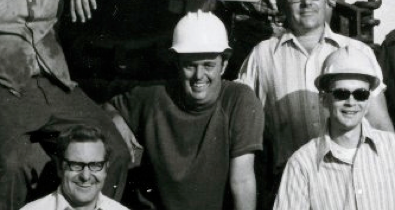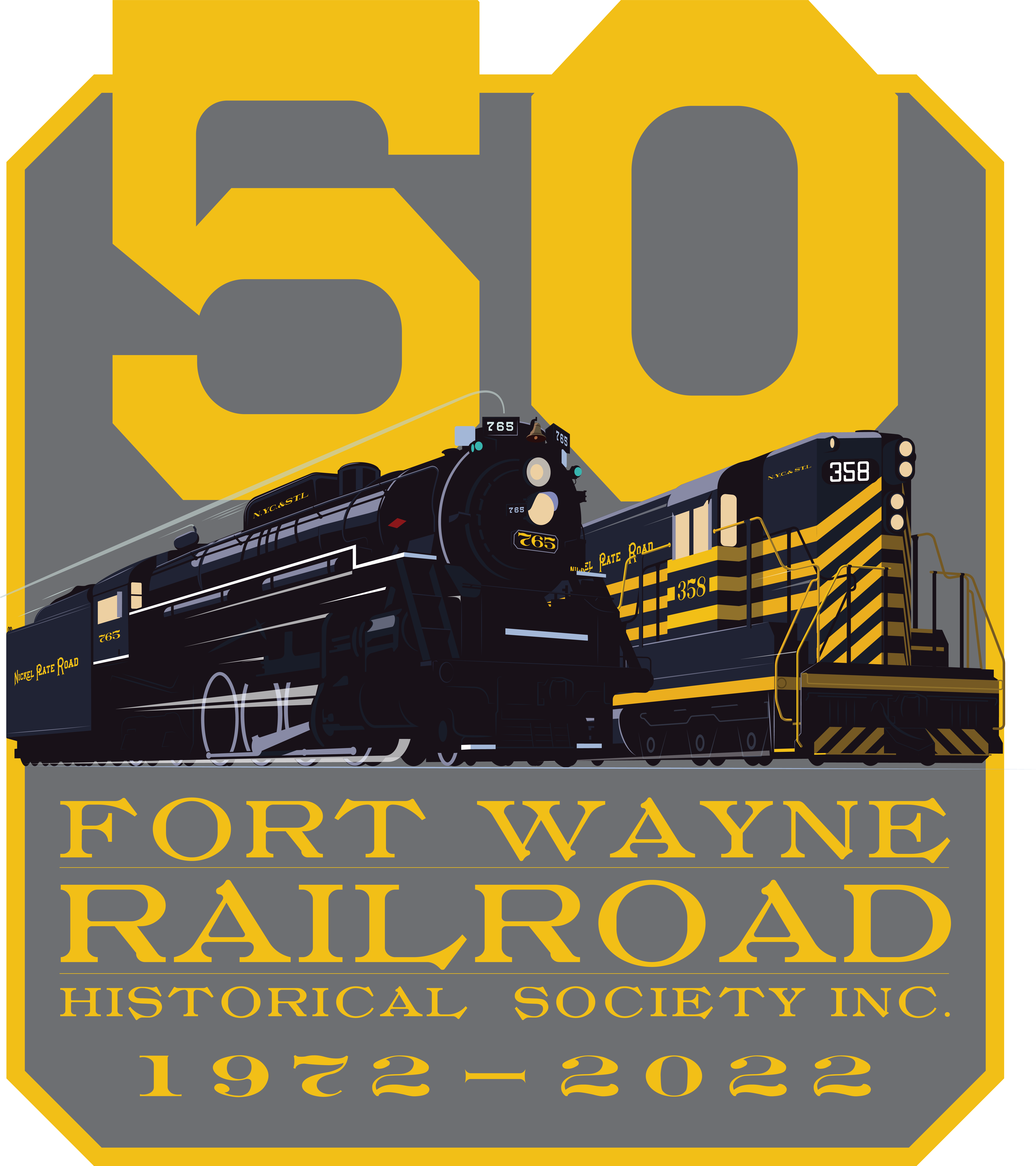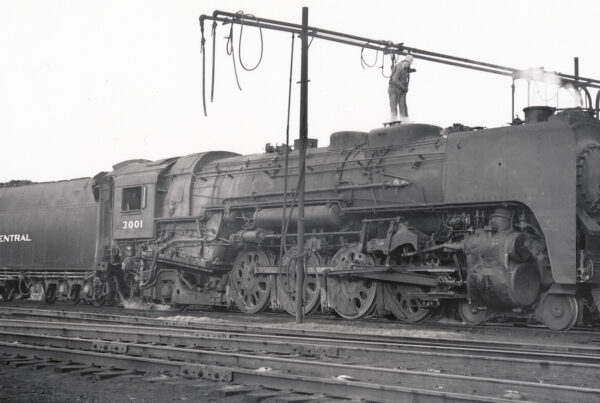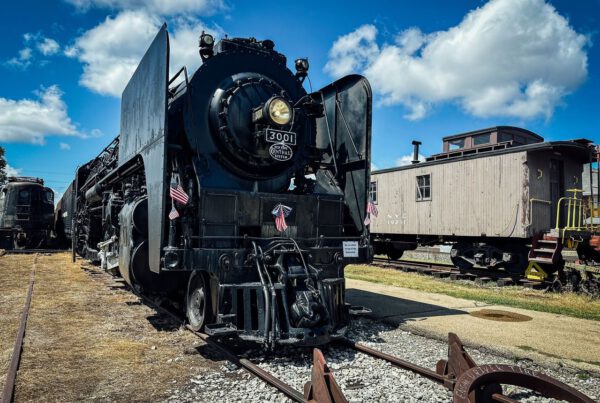
Glenn E. Brendel, Director Emeritus and founding member of the Fort Wayne Railroad Historical Society, died unexpectedly at his home in New Haven, Ind., on Tuesday, February 22nd. He was 71.
Growing up in a railroad family, Brendel’s affinity for the industry developed early on as a boy who would visit with tower operators and railroad employees of the Baltimore & Ohio and Wabash Railroad in his hometown of Spencerville, Ind., as well as with locomotive engine crews on the Nickel Plate Road in Fort Wayne.
Brendel was a photographer for the Air National Guard and in the early 1970s, he and other like-minded railroad preservationists approached the City of Fort Wayne with  a plan to save and possibly restore 1944-built Nickel Plate Road steam locomotive no. 765 which had been installed in Lawton Park as a monument to commemorate the city’s “Elevate the Nickel Plate” project.
In 1972, with Wayne York, Walter Sassmanshausen, and John Eichman, Brendel incorporated the Fort Wayne Railroad Historical Society. Brendel was president for the first three years.
After removing the locomotive from display in 1974, Brendel lead the all-volunteer, non-profit effort to restore the locomotive to operating condition. Brendel’s vision paid off in 1979, when no. 765 moved under its own power for the first time since 1958, making the society one of the first, all volunteer organizations to accomplish such a task.
Following the ambitious rebuild, no. 765 would become one of the country’s premiere attractions and roving ambassadors for the City of Fort Wayne. In 1982, Brendel negotiated the lease of the 765 to the Southern Railway for a lengthy excursion schedule, a watershed event for the society.
Between 1979 and 1993, the locomotive would serve over a quarter of a million passengers and operate over 52,000 miles in 16 states. During this time Brendel became one of the founding members of the Railroad Passenger Car Alliance, a trade association of historic passenger car owners and operators for equipment used in excursion service.
In 1993, worn from many years in public exhibition service, the 765’s future seemed unclear. Brendel lead the effort to rehabilitate the locomotive to “as-built” condition as project manager, securing a Transportation Enhancement grant to underwrite 80% of the rebuild. Five years and 15,000 volunteer hours later, the 765 returned to operation in 2005 and operated its first passenger trips in 16 years in 2009. The 765 is now one of five mainline steam locomotives in operation in the United States and the largest east of the Mississippi.
His singular vision, drive, and positive outlook on life have allowed two generations of men and women to not only experience the uncommon sights and sounds of history but to learn firsthand about a uniquely American era, filled with ingenuity and excitement. He maintained an encyclopedic knowledge of railroad practices, an incredible resource in the preservation industry. In his notes after the 765’s award-winning rebuild, he wrote: “The 765 project has been a long and arduous task. I am fortunate to have made many new acquaintances and friends in Society and around the country during the four-plus years of the restoration. It has been a wonderful experience.”
Brendel, who had served in a variety of capacities as director, locomotive crew, and member in his 38 years of service with the society, was honored with the title of Director Emeritus after stepping down as president in 2010.
His passion, knowledge, experience, and statesmanship will be greatly missed.



